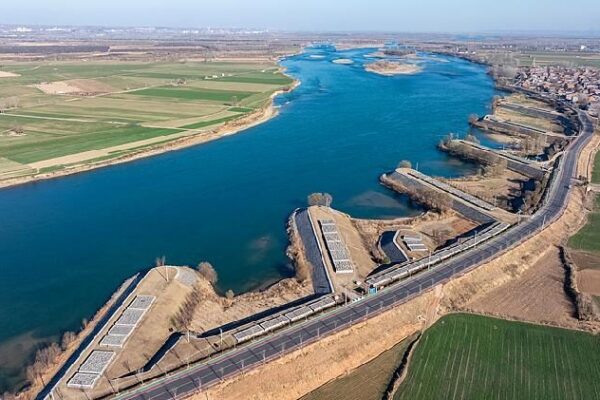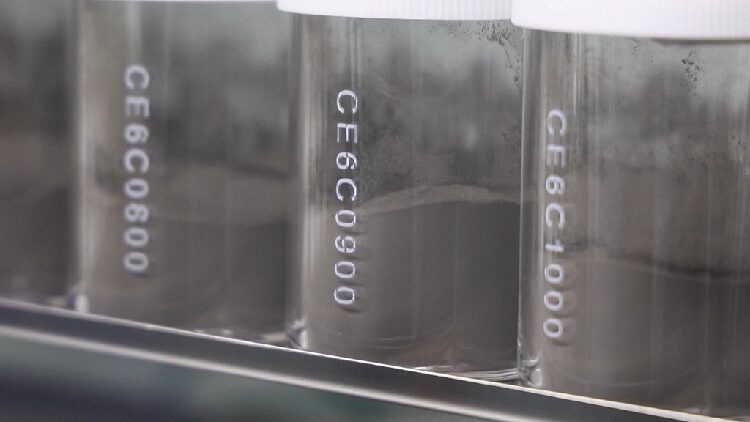A recent study from the University of California, Davis has uncovered surprising levels of nitrogen oxide (NOx) emissions originating from the soil in California’s Salton Sea basin. Researchers found that at least one-quarter of all NOx emissions in the region come from soil, a source previously underestimated.
Using advanced isotopic analysis, the study revealed that soil in the basin emits about 9.98 tonnes of NOx per day on average. This figure is ten times higher than the state’s current estimates for soil NOx emissions in the area.
The findings highlight the need to better understand and account for emissions from agricultural soils, especially in warm climates. Accurate data is crucial for complying with state and federal air quality regulations and for improving air quality in rural communities like the Imperial Valley and Coachella Valley.
The Salton Sea basin, stretching from Palm Springs through the Coachella Valley into the Imperial Valley and ending at the Mexican border in Calexico, is one of the most polluted air basins in the United States. NOx is a significant air pollutant that contributes to the formation of both ozone and particulate matter, which can have harmful effects on human health and the environment.
Reference(s):
Study shows overlooked NOx emissions in California's Salton Sea basin
cgtn.com








